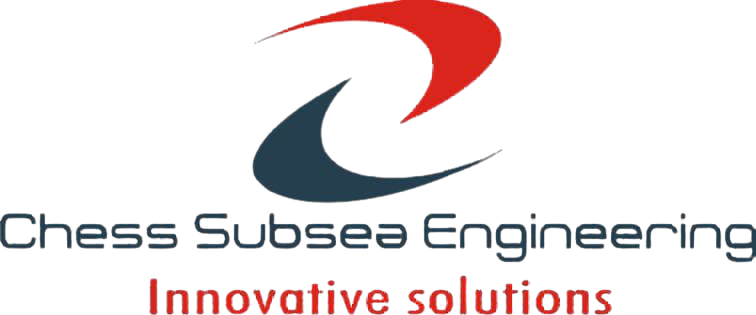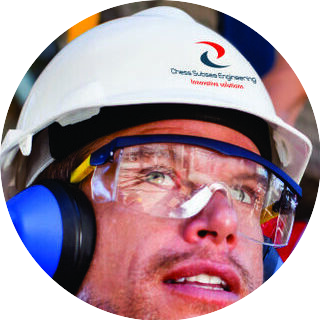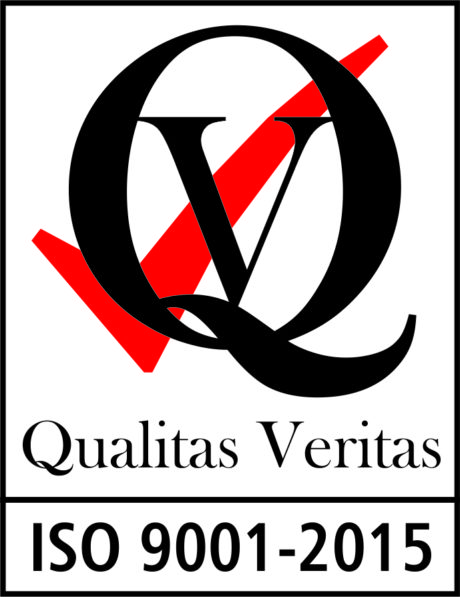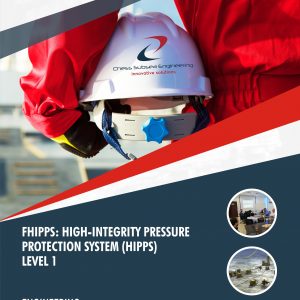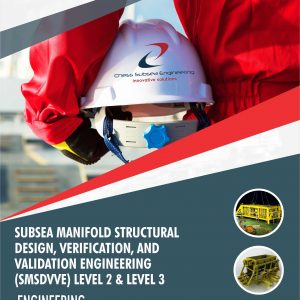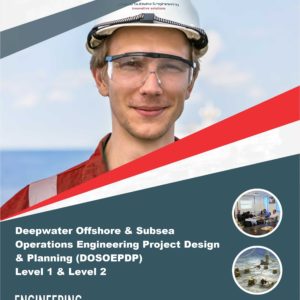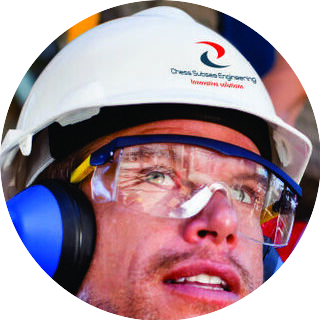Description
The OSPSFC CEASAR II Level 1 to Level 3 course provides participants with a comprehensive understanding of pipeline stress and fatigue analysis techniques using the CEASAR II software. The course focuses on both onshore and subsea pipeline systems, covering topics such as stress analysis, fatigue analysis, and design considerations specific to pipelines.
The Level 1 course introduces participants to the fundamentals of pipeline stress analysis and the CEASAR II software. It covers topics such as pipeline behavior, loads and load combinations, modeling techniques, and basic stress analysis using CEASAR II.
The Level 2 course builds upon the knowledge gained in Level 1 and delves deeper into advanced stress analysis techniques for onshore and subsea pipelines. It covers topics such as expansion analysis, dynamic analysis, pipeline interaction, and assessment of thermal and pressure effects on pipeline behavior.
The Level 3 course focuses on fatigue analysis and design considerations for onshore and subsea pipelines. It covers topics such as fatigue life assessment, determination of critical locations, factors affecting fatigue life, and mitigation strategies for fatigue-related issues.
Throughout the OSPSFC CEASAR II Level 1 to Level 3 course, participants will engage in hands-on exercises and case studies, allowing them to apply the learned concepts and techniques to real-world pipeline projects. The course emphasizes practical applications and industry best practices to ensure participants gain the necessary skills to perform accurate stress and fatigue analysis for onshore and subsea pipelines using the CEASAR II software.
Onshore & Subsea Pipeline Stress & Fatigue Analysis with (OSPSFC) CEASAR II Level 1 to Level 3 is designed to empower you with advanced pipeline flexibility modeling, simulation & fatigue analysis. In addition; it includes gas transmission pipeline analysis with buried and unburied section. The course is backed up real hands-on practical applications to give you an edge in the industry
Course Outline
History of Subsea Engineering
Subsea Production System
Subsea Control Systems
Subsea Flow Assurance & System Engineering Philosophy
Maintenance Fundamentals Subsea Structures & Equipments
Identification, Design Philosophy & System Field Integration
Piping System Introduction
Concept Layout Development
Piping Components & their access requirement
Straight length requirements
Orientation of various tapings,components, etc
Piping Drains & Vents
Insulation, Material & Sizing
Critical piping system consideration
Pipe Stress Analysis & Pipe Supports
Introduction to Piping Stress Analysis
Theory, Piping components and assumptions; element assembly & Code compliance requirements.
Spring Hanger design
Pipe supports
Stress Intensification Factors
Fatigue Analysis
Objectives
This case study is designed to demonstrate piping fatigue assessment with CAESAR II and demonstrate the load report and give an indication of what fatigue result mean.
Background of GAS Transmission pipeline based on B31.8
Creating Gas Transmission Pipeline Structural models with CEASAR II using practical case study input data.
Setting up general CEASAR II system modeling parameters for detailed analysis.
Modeling the UNBURIED section of Gas Transmission Pipeline with CEASAR II interface.
Modeling of BURIED Gas Transmission Section.
Entering soil parameters and computation of VIRTUAL ANCHOR LENGTH for buried pipe section
LOAD CASE setup.
Setting up Fatigue Analysis and Load Case for Gas Transmission Pipeline (Buried & Unburied) Engineering detailed report generation & report analysis
Assessment
Participant underpinning knowledge of Onshore & Subsea Pipeline Stress with (OSPSFC) CEASAR II at Level 2 & Level 3 will be accessed with on the job gas transmission piping section case studies with buried and unburied section to be presented towards end of course.
Professional Certificate
Issued directly by Chess Subsea Engineering Europe.
How to Register
Click here to download registeration booklet on msword and email completed booklet to info@chesssubseaengineering.org directly.
